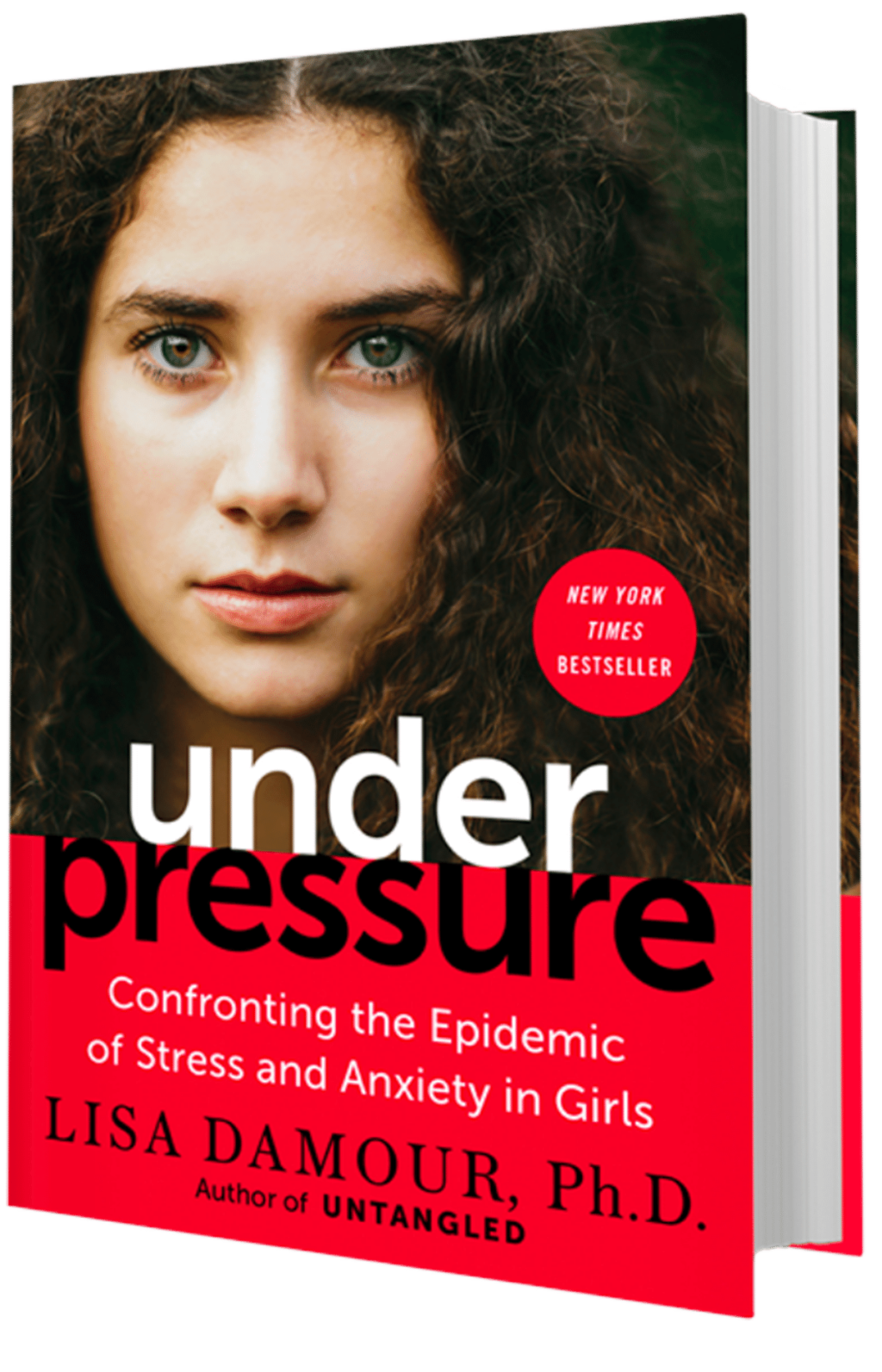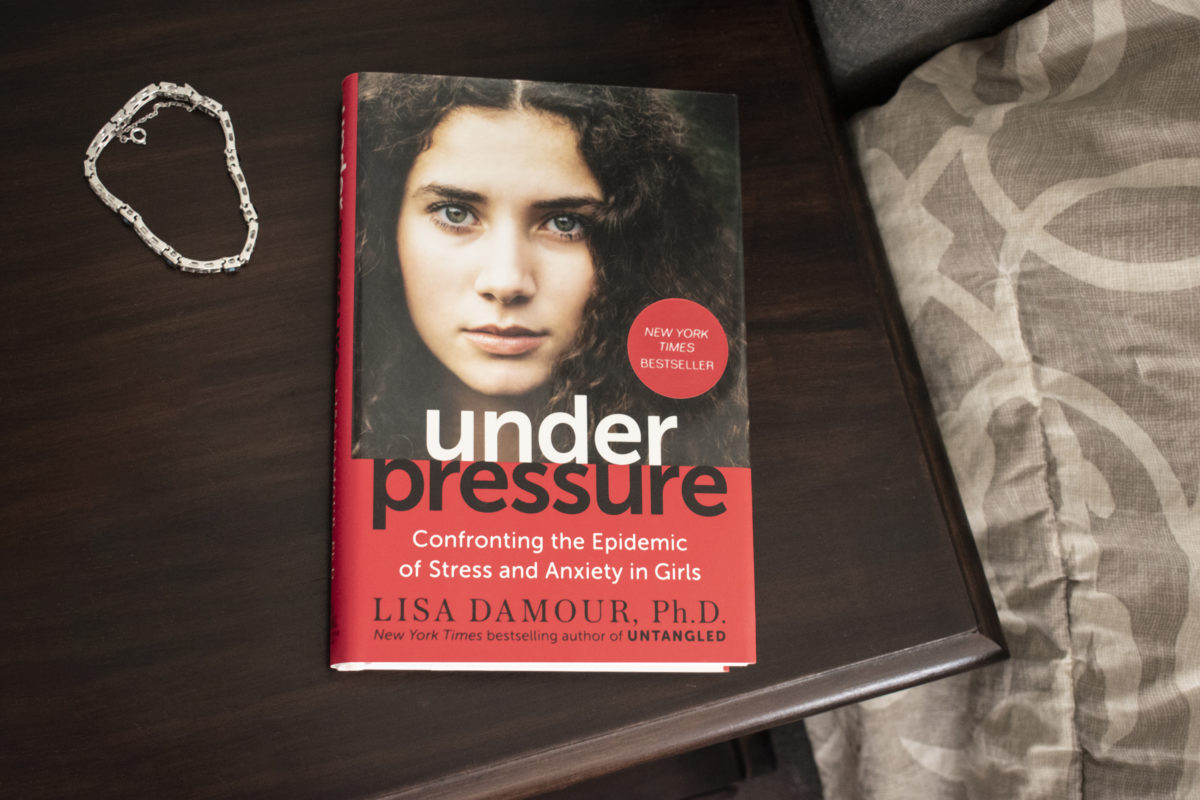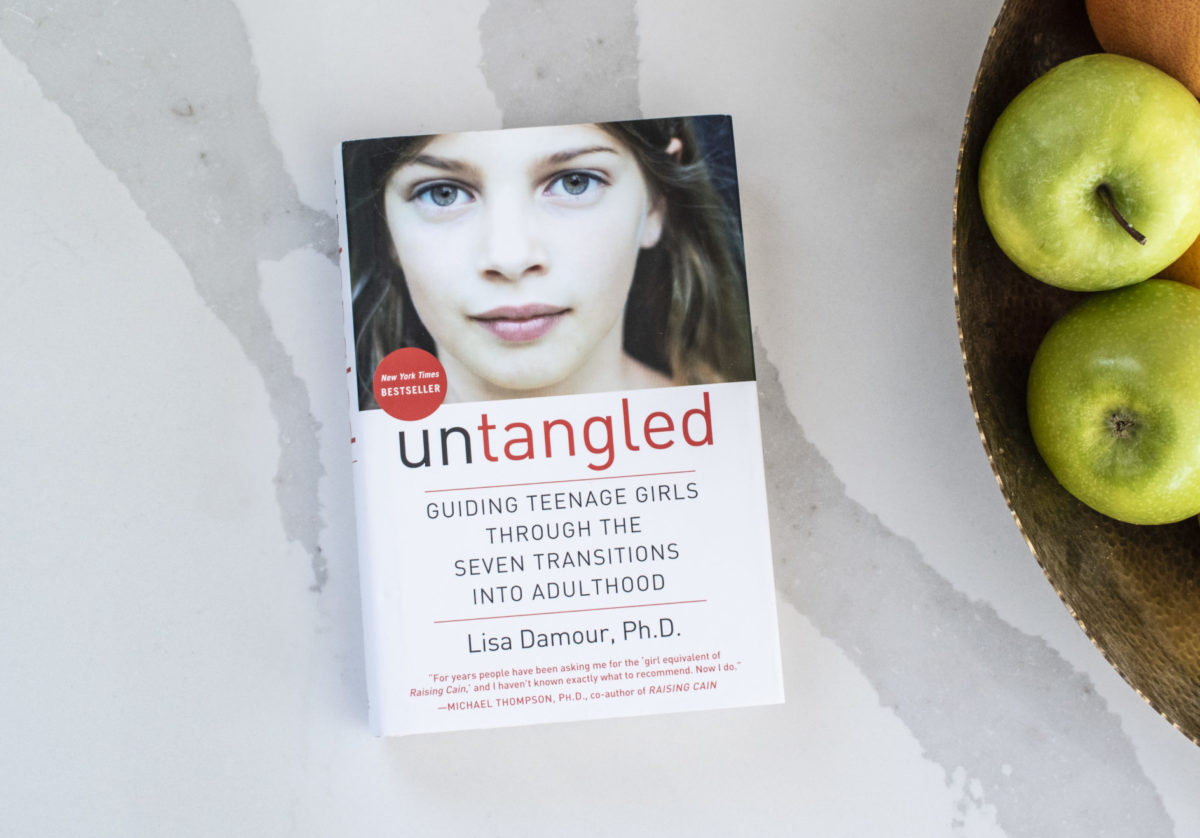
Taken from
Under Pressure, Confronting the epidemic of stress and anxiety in girls
pages 75-80
Girls, as a group, are bad at dealing with conflict because people, as a group, are bad at dealing with it. And we cannot teach our daughters what we don’t know. Though in the past I have declared my certainty that we will never find a cure for the seventh grade, and I have sometimes felt pessimistic about helping girls (and adults) improve their ability to manage disagreements effectively, I have lately changed my tune.
While conflict is inevitable, handling it poorly is not. Once we accept that putting more than one conscious person in the same room guarantees that, eventually, there will be friction, we can turn our energy toward understanding the ins and outs of interpersonal discord. Some approaches to engaging in conflict are preferable to others, and this complex and murky topic becomes a great deal simpler when we recognize that there are three common unhealthy forms of conflict management and only a single common healthy one.
The three forms of unhealthy conflict are instantly recognizable: acting as a bulldozer, acting as a doormat, or acting as a doormat with spikes. A bulldozer deals with disagreements by running people over, while doormats allow themselves to be run over. The doormat with spikes employs passive-aggressive tactics, such as using guilt as a weapon, playing the part of the victim, or involving third parties in what should be a one-on-one disagreement. Girls often have elaborate doormat-with-spikes repertoires, because we don’t always help our daughters learn to recognize, accept, and directly express their angry feelings. Given this, it’s really no surprise that their darker impulses are often expressed indirectly.
For healthy conflict, the guiding metaphor is a pillar. It stands up for itself without stepping on anyone else. But when conflict comes, to be a pillar is really hard. And for most of us it’s certainly not our first reaction. Fortunately, if we can recognize and observe our first reaction—to be a bulldozer, doormat, or doormat with spikes—without allowing ourselves to act on it, we can usually find our way to reflecting on how we might become a pillar as our second reaction.
One Monday morning at Laurel School, Liz, an eighth grader, caught me in the hallway to ask if I had any time available to meet later that day. We determined that she had a study hall when I had an opening, so we made a plan to meet in my office early that afternoon.
“What’s up?” I asked as Liz settled into the chair across from mine. Though Laurel has a uniform, each girl finds a way to put her personal stamp on it. That day, Liz was wearing a sweatshirt, athletic socks, and running shoes—a look common among the students who are athletes.
Liz picked up one of the fidget toys I keep in my Harry Potter office and said, “I just want to get your advice on this weird thing that happened with one of the girls who plays on my club volleyball team.”
“Sure,” I said.
“I’ve known her forever and we’re friends—not great friends—but good enough. She doesn’t go to Laurel but she knows a lot of the girls here and we hang out with some of the same people on the weekends.”
She continued. “I went to her birthday party last year, and a few weeks ago she came up to me at volleyball to tell me that her mom said she couldn’t have a party this year because they had too much other family stuff going on. That was fine and I didn’t even really think about it until Saturday night when she posted all these pictures of what was clearly her birthday party.” Now sounding really bothered, Liz added, “She didn’t have to invite me . . . I get that . . . I just don’t see why she had to go out of her way to tell me that she wasn’t having a party.”
“Right,” I offered. “I can see why you’re upset.”
“So I’m not sure what I’m supposed to do, because I’m going to see her at practice tonight . . . it’s so uncomfortable.”
I empathized with Liz’s discomfort and told her that I was sorry she’d been put in this position. Given her tricky social situation, I walked her through the ways—three bad, one good—that people usually deal with conflict.
“Obviously,” I said, “you and I are going to try to figure out a pillar response, but sometimes it helps to get some of the other options out of your system,” Lightheartedly, I asked, “If you were going to bulldoze her, what would that look like?”
“I actually thought about that. There’s a part of me that just wants to go up to her at practice and say something nasty to her face.”
“Sure. You’re hurt and mad—it makes sense that you’d want to just let her have it. And if you decided to doormat this, what would that look like?”
Now picking up the playful mood, Liz replied, “I suppose that I’d just walk around feeling sad about it and cry myself to sleep or something.”
“Right. And how would you doormat-with-spikes this one?” I asked, enjoying this exchange.
“There are so many ways,” she said, now fully into our game. “I don’t even know where to start!”
“Go for it.”
“Well, I suppose that I could talk bad about her to my friends on the volleyball team or here at Laurel, or I could invite a bunch of girls over and post pictures of us having a great time and tag her so that she sees them. Or I could subtweet about it.”
“What’s that?”
“It’s talking bad about someone on Twitter without using her name—but everyone knows who you’re talking about. I could tweet something like, ‘doesn’t it suck when you realize that someone you thought was an honest friend actually isn’t?’”
“Ouch!” After pausing for a moment I added, “You have to admit, social media can be a doormat-with-spikes bonanza.”
Liz gave a quick nod that expressed her total agreement while saying, “Oh, yeah,” slowly and keenly.
“There’s probably no easier way to involve a whole lot of other people in a conflict, and it also offers a million ways to go after someone indirectly.”
“For sure,” agreed Liz, now leaning forward in her chair.
“Okay, now that we’ve gotten our ugly impulses out of the way, how might you pillar this? How could you stick up for yourself while also being respectful of her?”
Liz started, “I suppose that I might say something to her at practice like ‘I saw that you had a party,’” she continued in a level tone, “‘and that’s fine, but you didn’t need to tell me that you weren’t having one.’”
“That’s pretty good! What if you wanted to say even less? Sometimes being a pillar involves starting a conversation, not trying to end one.”
“I guess I could just say, ‘I saw the pictures of your party, and my feelings were kinda hurt.’”
“Yes . . . I think that something like that might be a good place to start. Because what if something random happened? Maybe her mom decided to throw her a surprise party and didn’t really know who to invite. Letting her know how you feel might also give her the chance to offer you an apology if she owes you one.”
“That’s true,” said Liz sensibly. “I don’t really know the whole story.”
“Asking a question can also be a good way to be a pillar. Perhaps you could say something like, ‘I saw that you did have a party after all. Did I do something that made things hard between us?’”
“Yeah, I could do that. That’s good.”
It was time to wrap up. Before Liz left, I made a point of telling her that I did not expect that she would, from now on, be able to come up with pillar responses quickly and easily whenever she felt hurt or upset. Indeed, I shared with her that I still find that when I’m miffed, my first impulse is to be a doormat with spikes. I’m resigned to this unpleasant truth about myself and will sometimes even indulge in daydreaming about the passive-aggressive things I’d like to do when I’m mad. In my actions, however, I do try to be a pillar.
Given that girls’ interpersonal worlds come with unavoidable stress, we need to do our part to help ease some of the social strain our daughters feel. We can start by accepting that strife comes with human contact and help girls appreciate that they will inevitably have conflicts with their agemates. And we can recognize that, being human, our daughters (and other people’s daughters) will sometimes feel compelled to act like bulldozers, doormats, or doormats with spikes. Then, when peer conflicts do arise, we can have matter-of-fact conversations with our girls about the better and worse ways to handle them.
To the degree that our girls let us in on social turmoil that is taking place online, as it often does, we should talk with them about how it is basically impossible to be a pillar online because pillar communications rely heavily on tone. Indeed, if you think about it, the same exact phrase—“Can we talk about why I wasn’t invited to your party?”—could come across as aggressive (bulldozer), woeful (doormat), sneering (doormat with spikes), or respectful (pillar) depending on the tone in which it is delivered. All the emojis in the world cannot communicate the subtleties of the human voice. When it’s time for your daughter to act as a pillar, help her appreciate that doing so will, almost certainly, require a face-to-face interaction.
As we help our daughters handle peer conflict, we can remind them that nobody always gets it right the first time and nobody gets it right every day. But with practice, they can learn to deal with interpersonal discord in ways they can feel good about and to use strategies that should calm, rather than stir up, their social dramas….

Under Pressure Confronting the epidemic of stress and anxiety in girls
Lisa’s second New York Times best seller is a celebrated guide to addressing the alarming increase in anxiety and stress in girls from elementary school through college.
Buy nowMore resources





















